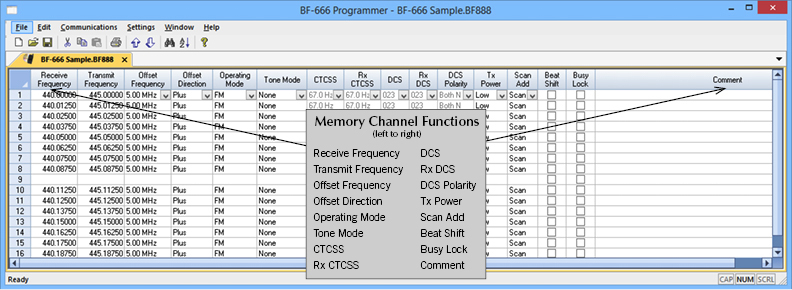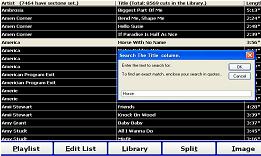
While you can just zoom right ahead to the availability check and show of interest form, we urge you to read carefully through the other introductory pages, where we give a more transparent reality of LPFM station operation including information on qualifications, licensee responsibilities, things to consider and most importantly, the costs. While some may promise you "your own radio station!" and that's all, we give the facts of the reality of constructing and operating a good viable LPFM station that will be a service to your local community. It is always best to go with those who are in the know. It is important to remember that not every consultant or engineer out there specializes in LPFM. When selecting someone to work with you on starting a new station, you want someone who has experience and specializes in LPFM. REC will be offering consulting and filing for qualified nonprofit organizations that are seeking to apply for a new station in the next window. Michelle Bradley, CBT of REC Networks is the national regulatory advocate for the LPFM service and has experience with the service that dates back to before the service's creation in 2000. REC is collecting information from organizations that are seriously interested in being a part of the third generation of LPFM broadcasters. The LPFM Filing Window will be held between November 1 through November 8, 2023 The last opportunity for new LPFM stations was in 2013.


With TuneBridge, it's easy to tell, at a glance, how many songs you have in each genre, how many by a particular artist, how many of certain tempos, how many have the same title, how many are instrumentals, and on and on.Low Power FM (LPFM) stations are designed to allow community organizations, human rights organizations, service organizations, churches, ministries, schools, colleges, government public safety agencies and tribal entities to have their own voice on the radio with a low powered FM radio services with an effective service range of just over 3 miles. TuneBridge builds a comprehensive, analyzable database of your entire music library, containing many fields of data that can be loaded into spreadsheets for analysis, and imported into third-party music selectors. Keeping track of what's there can quickly become challenging.

While commercial stations usually have a smaller, tighter library with limited categories of music, community stations can easily accumulate music libraries that are not only much larger, but much more diverse, with many genres (music styles) and eras represented.

Keep a close eye on that big, diverse music library. View results in Microsoft Office, Numbers, OpenOffice, and most other spreadsheet and database programs. Compatible with Selector, Music 1, MusicMaster, Natural Music, Power Gold, and likely compatible with others.


 0 kommentar(er)
0 kommentar(er)
